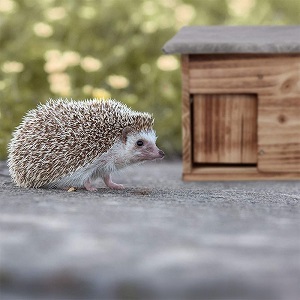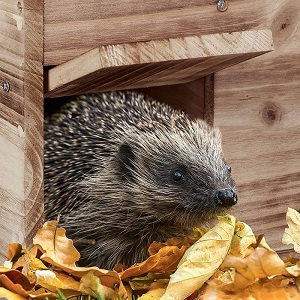When it comes to housing multiple hamsters in a single cage, there are several factors to consider to ensure the well-being and harmony of these social creatures. While hamsters are generally solitary animals in the wild, certain species can tolerate living together if provided with a properly designed and spacious environment.
However, the decision to house multiple hamsters in one cage requires careful planning and consideration.

Factors
In this article, we will talk about the factors of choosing a suitable hamster cage for multiple hamsters.
Species Compatibility
Some hamster species are more social and tolerant of group living than others. Dwarf hamsters, such as Roborovski and Campbell’s hamsters, are more likely to coexist peacefully in groups, while Syrian hamsters are solitary by nature and are best kept alone to avoid conflicts.
Cage Size
The size of the cage becomes even more critical when housing multiple hamsters. A larger cage with ample space for separate hideouts, feeding areas, and exercise wheels is essential to prevent territorial disputes and promote a harmonious living environment.
Territorial Behavior
Hamsters are territorial creatures, and conflicts can arise when sharing space. Providing multiple hideouts, tunnels, and platforms allows each hamster to establish its territory and reduce the likelihood of confrontations.
Same-Sex Pairing
If you plan to house multiple hamsters, it’s essential to keep same-sex pairs to avoid breeding and potential aggression. Even with same-sex pairs, it’s essential to closely monitor their interactions and be prepared to separate them if conflicts arise.
Separation Options
Have a backup plan in case the hamsters do not get along. This may involve having an extra cage ready to separate individuals if necessary.
Socialization and Observation
Before introducing hamsters to a shared cage, consider socializing them in a neutral environment to assess their compatibility. Observe their behavior and interactions closely to ensure they are getting along well.
Resources and Enrichment
Provide multiple food bowls, water sources, and enrichment items to prevent resource guarding and promote individual access to necessities.
Regular Monitoring
Regularly observe hamsters for signs of stress, aggression, or injuries. If any hamster shows signs of distress, it’s crucial to act promptly to prevent harm.
Introducing New Hamsters
Introducing new hamsters to an existing group should be done gradually and with caution. Quarantine new arrivals to ensure they are healthy and then follow a proper introduction process to minimize stress.
Separation if Necessary
If conflicts arise and hamsters are not compatible, be prepared to separate them into individual enclosures to prevent injury or stress.

Conclusion
While housing multiple hamsters in one cage can be possible, it requires careful planning, research, and ongoing observation. Providing a large and well-equipped habitat, choosing compatible hamster species, and monitoring their interactions are key factors in ensuring a harmonious living situation.
Remember that each hamster has a unique personality, so it’s essential to be prepared for the possibility that some individuals may not get along and may need separate accommodations for their well-being.
 Doreen
Doreen